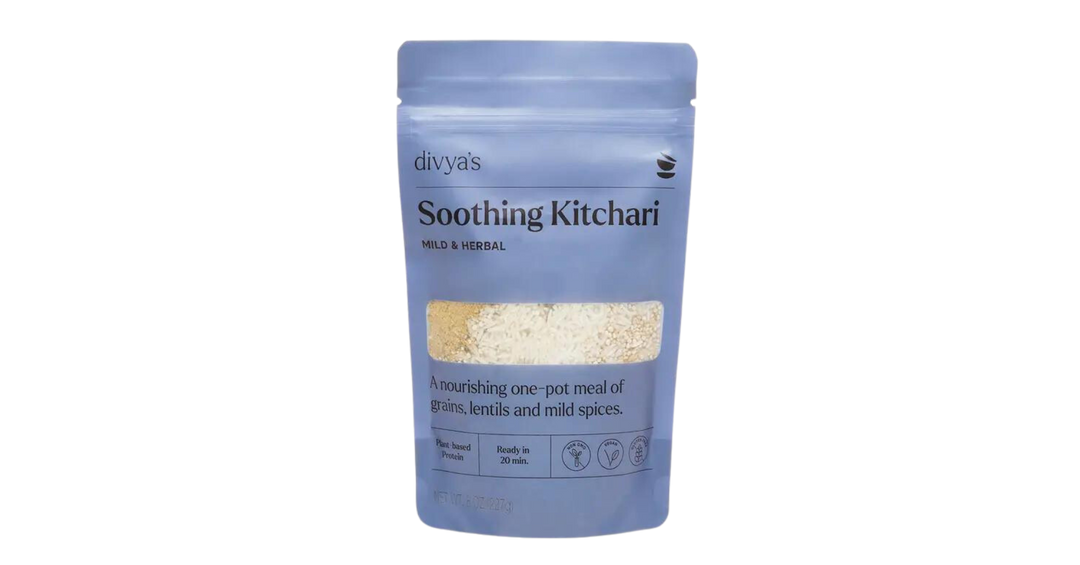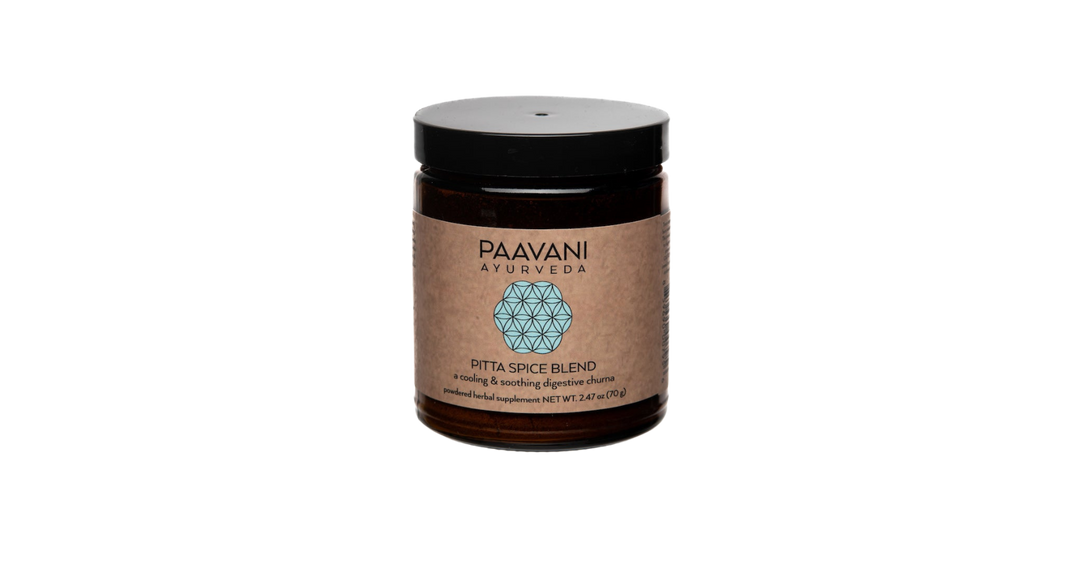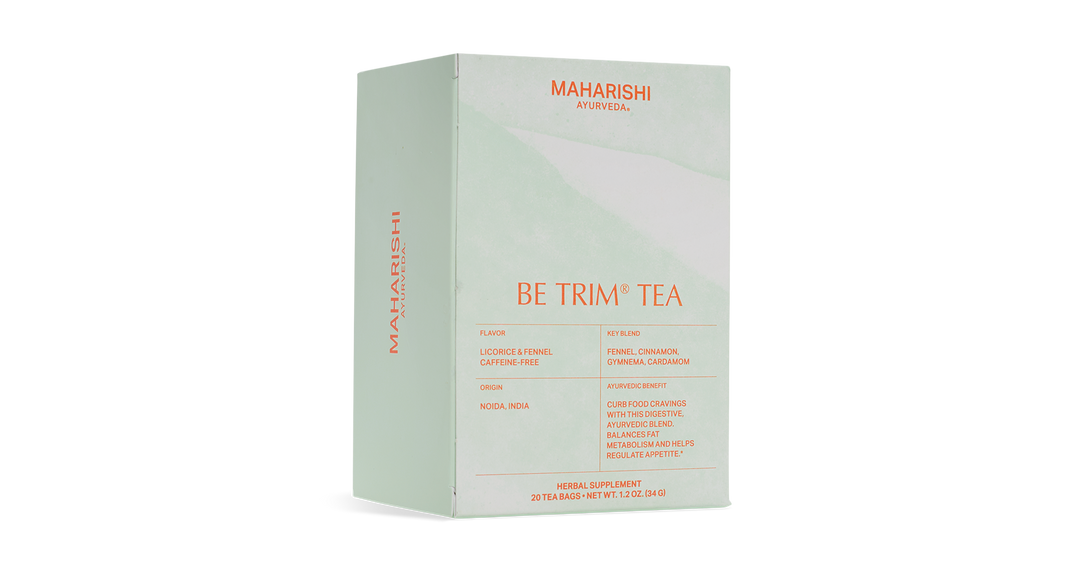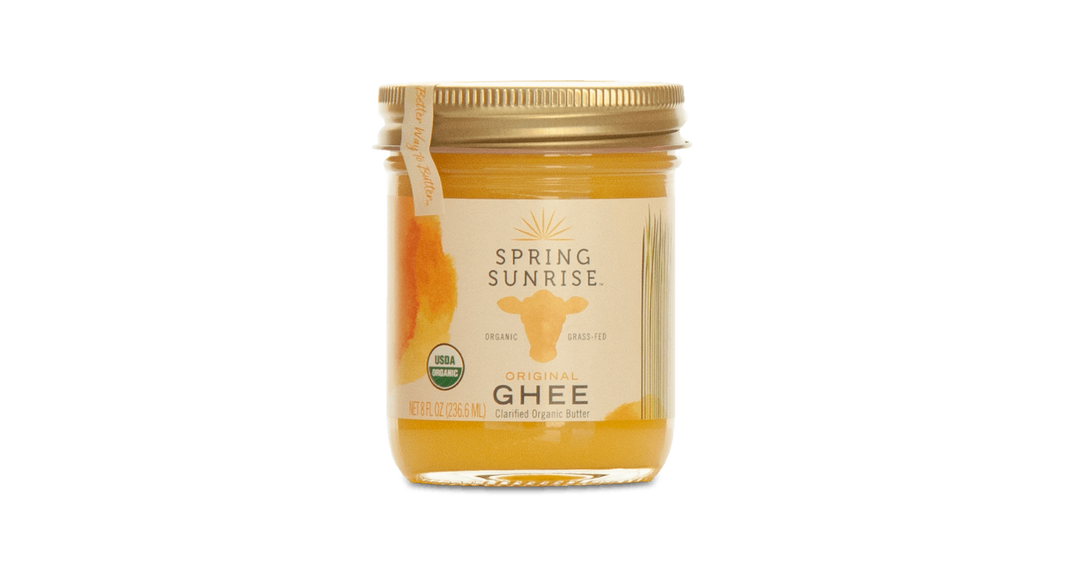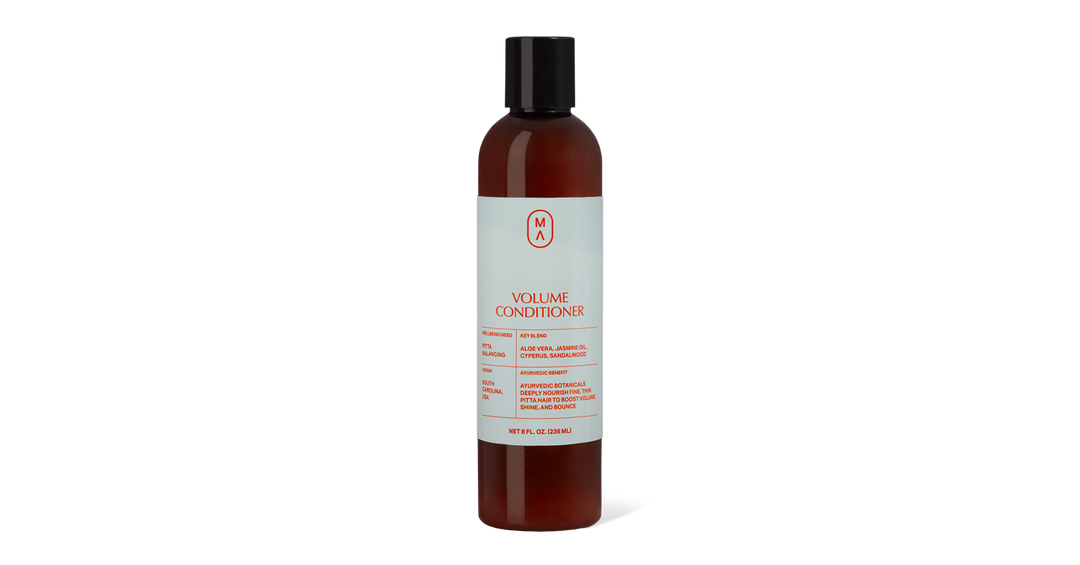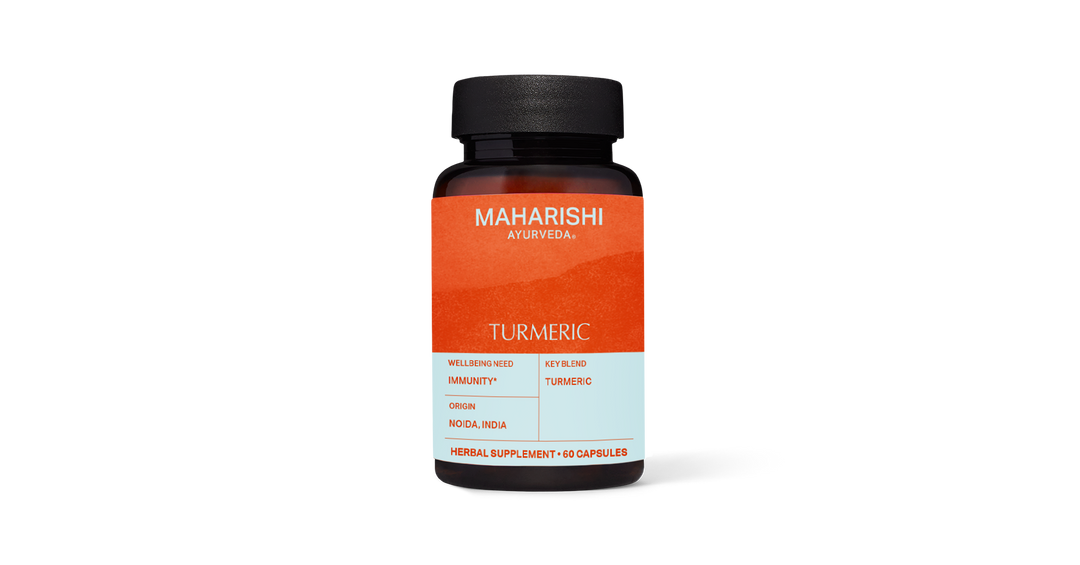Pitta dosha characteristics, diet, balancing, and recipes
Do you often feel hot, irritable, or “hangry?” Is your skin sensitive or prone to breakouts, rashes, and irritation? Do you sometimes have excess stomach acid or trouble falling asleep at night? If some of these things sound familiar, you might have a Pitta dosha imbalance—or, you might be a fiery, passionate Pitta dosha mind-body type.
|
What’s a Dosha? According to Ayurveda, the five natural elements (ether, air, fire, water, and earth) are present in your mind and body, too—in form of the doshas: Vata (ether, air), Pitta (fire, water), and Kapha (water, earth). These elemental energies influence everything from your physical shape and digestion to the way you process thoughts and emotions. Everyone has all three doshas present in their mind and body, but most of us tend to have one or two doshas predominating. |
What is Pitta Dosha?
Pitta dosha is the Ayurvedic mind-body element associated with fire and water.
| Pitta in Balance | Pitta Out of Balance |
|---|---|
| • perfectionist (type A personality) | • controlling, fiery personality |
| • strong intellect | • workaholic tendencies |
| • strong digestion | • overheated, excess stomach acid |
| • radiant, glowing skin | • skin rashes & acne |
| • sleeps through the night | • interrupted sleep |
| • inner peace & happiness | • loose bowel movements |
How to Balance Pitta Dosha—Easy Lifestyle Tips
One of the foundational principles of Ayurveda is that “like increases like,” and opposites balance. Therefore, because Pitta dosha is hot, sharp, and oily in nature, it benefits from things that are cooling and soothing. Some of the easiest ways to restore balance to Pitta: engaging in cooling activities like swimming, strolling in nature (but not under the hot sun), and doing light-hearted things like spending time with loved-ones and children. Fiery, intense Pitta benefits by being more playful in life!
People with Pitta body types tend to work long hours and expect a great deal of themselves and others. Remember: you can still be a perfectionist and have fun along the way.
Here are some other easy ways to pacify Pitta dosha:
- Follow a Pitta dosha-balancing diet, favoring cooling, heavy, dry foods and sweet, bitter, and astringent tastes. Avoid or reduce foods that are hot, sour, salty, and spicy. See full Pitta Dosha Diet Guidelines below.
- Keep cool. Avoid hot temperatures and food and spicy meals.
- Remember: everything in moderation. Try to avoid overworking and bring balance to your daily routine.
- Allow for uplifting leisure time every day.
- Don’t skip meals (which inevitably leads to “hanger” for Pitta types). Eat three satisfying meals per day, at about the same time each day.
- Ensure your largest meal of the day takes place at noon, when your digestive fire is strongest.
- Give yourself an abhyanga (self-massage with warm oil) each day before bathing, using a cooling oil such as coconut.
- Reduce mental stress with meditation. The Transcendental Meditation® program, for instance, has been proven in hundreds of scientific studies to be a very effective technique for dissolving mental, emotional and physical stress.
Pitta Dosha Diet Guidelines & Recipes
In Ayurveda, food is medicine. A Pitta-pacifying diet will go a long way toward cooling and soothing fiery Pitta dosha. Aim to eat three meals at the same times each day: morning, noon, and evening—and try not to skip meals (which can fan the flames of Pitta’s digestive fire and lead to frustration, irritability, acid stomach, and other unpleasant issues). Ideally, you’ll feel hungry by the next meal, but not ravenous.
It’s okay to snack a bit between meals, so long as it doesn’t dampen the feeling of hunger by your next meal. Try to eat in a quiet, relaxing environment to avoid over-stimulation. Last, but definitely not least, whenever possible favor organically grown foods and avoid genetically modified foods (GMOs).
Pitta Diet
|
|
Favor |
Reduce or Avoid |
|
Summary |
Cooling, hearty fare that’s not too hot, oily, or spicy. Favor sweet, bitter, and astringent tastes. |
Avoid pungent, sour, and salty tastes |
|
Grains |
Wheat, rice, barley, millet, corn, oats |
Avoid buckwheat, rye |
|
Pulses |
Mung beans (soup, split whole mung beans, yellow mung dhal), green pea, common kidney beans, adzuki beans, and soybean products |
|
|
Dairy |
Ghee butter, milk, butter, sweet buttermilk, lassi (yoghurt and water drink -- not sour), cream, cream cheese |
Avoid sour milk products, yoghurt, sour lassi, cheese (especially old and salty), salty butter, quark, sour cream |
|
Sweeteners |
Sugar cane products (unprocessed white rock sugar/natural candy sugar is best; raw cane sugar, unrefined brown sugar), maple syrup, honey (but not during fever or hot weather) |
Avoid molasses, 'brown' sugar (made from refined white sugar) |
|
Oils |
Ghee, coconut, olive |
Avoid almond, corn, safflower, sesame, sunflower |
|
Nuts |
|
Avoid all except mature coconut |
|
Seeds |
|
Avoid all except sunflower or pumpkin |
|
Spices and Condiments |
Coriander, cumin, ginger (small amounts), turmeric, saffron, fennel, cinnamon, cloves, cardamom, lemon juice (not on empty stomach); Pitta Churna and Pitta Tea |
Avoid chili pepper, cayenne, black pepper, mustard seeds, celery seeds, fenugreek, sea salt |
|
Vegetables |
Asparagus, broccoli, brussel sprouts, cabbage, carrots (cooked), cauliflower, celery, cucumber, green beans, kale, leafy greens, leeks (cooked), lettuce, okra, olives (black), onions (cooked), parsley, parsnips, peans, peppers (sweet), potatoes (sweet & white) |
Avoid beets (raw), daikon radish, garlic, green chilies, horseradish, leeks (raw), mustard greens, olives (green), onion (raw), peppers (hot), radishes (raw), tomatoes, turnips |
|
Fruits |
Apples (sweet), apricots (sweet), avocado, berries (sweet), cherries (sweet), coconut, dates, fig, grapes (red & purple), mangoes, melons, oranges (sweet), pears, pineapple (sweet), pomegranates, prunes, raisins, watermelon |
Avoid apples (sour), apricots (sour), bananas, berries (sour), cherries (sour), cranberries, grapefruit, grapes (green), lemons, mangoes (green), oranges (sour), peaches, persimmons, pineapple (sour), plums (sour), rhubarb, strawberries |
Pitta Dosha Recipes
Here are a few of our favorite Pitta-balancing recipes! As you now understand, it’s helpful to eat hearty fare and cooling foods to counter Pitta dosha’s hot, sharp influence. Explore our full collection of Pitta dosha recipes below.
Uplift your heart and cool an overheated body with these Pitta-balancing essentials. Choose from fragrant aromatherapy, tasty spices, soothing massage oils and other must-haves.
NOTE: Guidelines provided in this table are general. Specific adjustments for individual requirements may need to be made, e.g., food allergies, strength of agni, season of the year and degree of dosha predominance or aggravation. Before making any changes to your diet, it is recommended that you check with your physician. This Ayurvedic dietary guide is educational and is not intended to treat, cure, mitigate, or prevent any disease.
Keep on topic
Disclaimer
The sole purpose of these articles is to provide information about the tradition of Ayurveda. This information is not intended for use in the diagnosis, treatment, cure, or prevention of any disease. If you have any serious acute or chronic health concern, please consult a trained health professional who can fully assess your needs and address them effectively. If you are seeking the medical advice of a trained Ayurvedic expert, call or email us for the number of a physician in your area. Check with your doctor before taking herbs or using essential oils when pregnant or nursing.
© 1999, 2023 Maharishi AyurVeda Products International, Inc. (MAPI). All Rights Reserved. MAPI does not provide medical advice, diagnosis or treatment. These statements have not been evaluated by the Food and Drug Administration. Products are not intended to diagnose, treat, cure or prevent any disease. See additional information.



